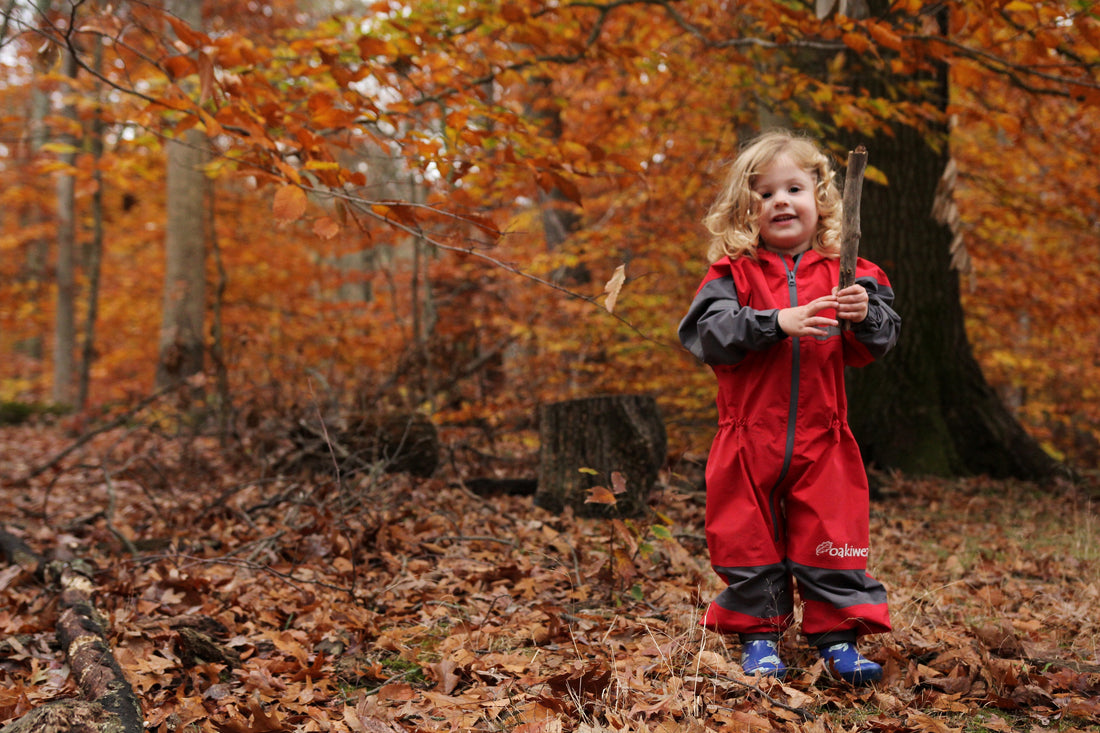Halloween's Outdoor Roots

Halloween may center on costumes and candy today, but it began as a festival of the outdoors. Over 2,000 years ago, the ancient Celts celebrated Samhain around October 31, marking the end of harvest and the beginning of winter. Families gathered outside around hilltop bonfires to honor nature’s turning seasons and to light the way for wandering spirits as daylight faded and the cold months began.
When Christianity spread through Europe, Samhain blended with All Hallows’ Eve, but many outdoor customs remained—lanterns to guide the dead, door-to-door “souling,” and costumed “guisers” performing for treats. Immigrants brought these traditions to North America, where they grew into the Halloween we know today: jack-o’-lanterns carved from pumpkins, hayrides, and trick-or-treating under autumn skies.
Though Halloween has changed over the centuries, its heart still belongs outdoors. The crisp air, falling leaves, and flicker of a porch light carry the same sense of wonder and transition that ancient families once felt around the bonfire. Whether it’s walking the neighborhood in costume, visiting a pumpkin patch, or simply watching the sunset together, the season reminds us that stepping outside connects us—to nature, to community, and to the timeless rhythm of the changing seasons.





